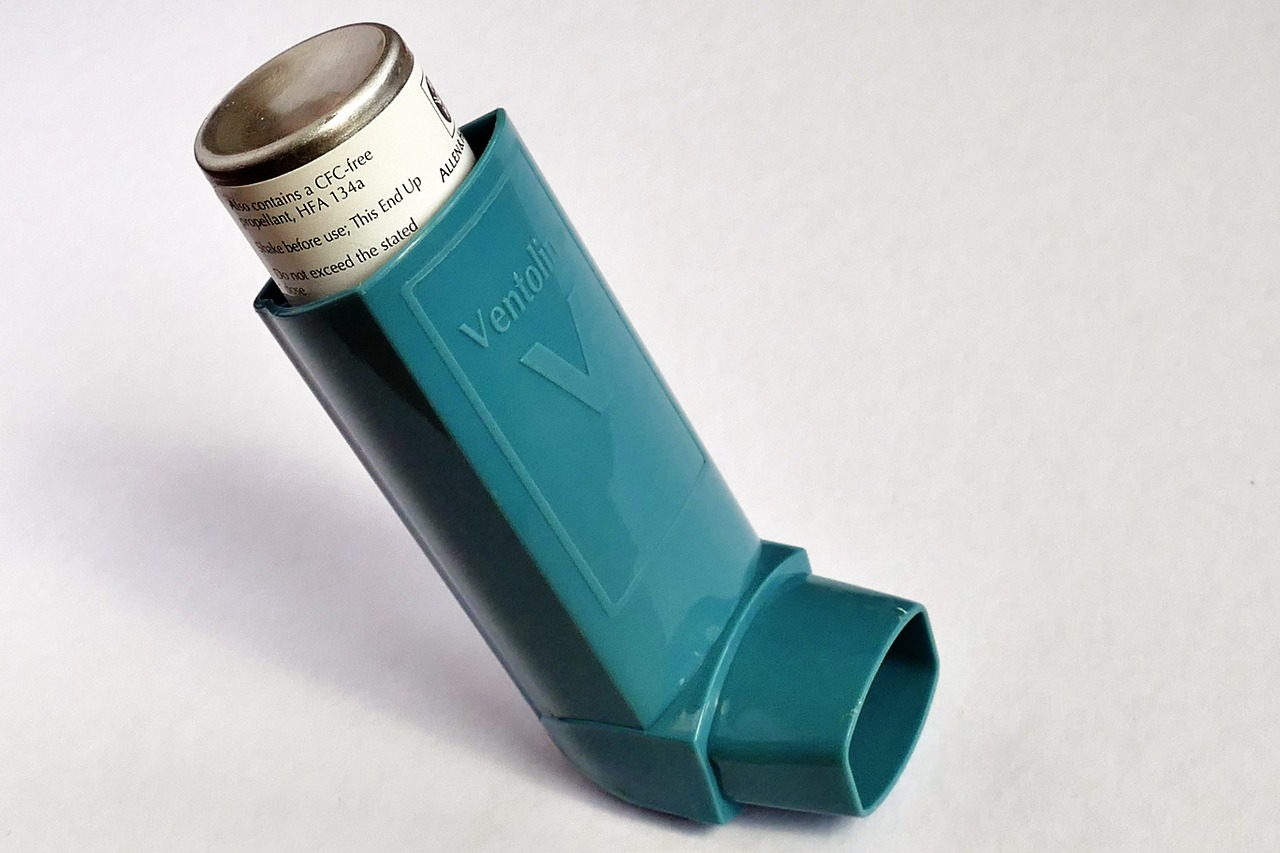What Is Asthma?
Asthma is a chronic disease. It inflames the respiratory passageways, which makes them narrower. Thus, it’s harder for air to circulate, and it can be more difficult to breathe.
The effects of asthma can include a persistent cough, excessive mucus and pain in the chest. And, from time to time, an asthmatic individual may have an attack, which is when the disease flares up. It often leads to serious breathing problems, wheezing and acute pain. Asthma attacks can be fatal. Stress, infections and airborne substances like mold and pollen can trigger these attacks.
Right now, there’s no cure for asthma, although your physician can help you control this disorder and mitigate its symptoms. Its precise causes aren’t known, either. It’s likely that a person’s genes, environment and history of infections are contributing factors.
Applying for Benefits
Your physician’s office will provide you with the necessary documents. They’ll include your prescription history, hospital records and results of medical tests. Your pulmonary function tests will be especially important. They reveal the capacity and volume of your lungs and the rate at which air flows in and out.
You can also submit letters from colleagues, supervisors and other people who can discuss your asthma and its consequences. Plus, you can send a personal statement in which you describe how this disease affects your life.
Gaining SSA Approval
How will the SSA evaluate your asthma? For one thing, the agency is looking for a below-average FEV1 value for someone your size and age. Your FEV1 number indicates how much air you can breathe out in a second. For comparison, you’ll find an FEV1 chart here.
The SSA will also be interested in how often you’ve been hospitalized. You’re likely to be approved for benefits if:
- You’ve stayed in the hospital at least three times in the same 12-month period because of asthma.
- Those stays were spaced apart by 30 or more days.
- Each stay lasted two days or longer.
Additionally, if your doctor diagnoses you with chronic asthmatic bronchitis, you’re likely to qualify for benefits. This disorder can lead to six or so asthma attacks every year. And those attacks can be brutal; they often send patients to intensive care units.
The RFC
Maybe you’ve been denied benefits. Even so, the SSA will create a residual functional capacity assessment (RFC) for you. Your RFC will list what you can and cannot do in the workplace as an asthma sufferer.
If you’re at least 50 years old and you cannot, per your RFC, do everything your current or former job requires of you, you may earn approval after all.
Finally, with a skilled disability lawyer at your side, you can be certain that you’ve met the criteria for SSA benefits. And you’ll be prepared to successfully appeal a denial. To learn more, please contact The Good Law Group at your earliest convenience.









